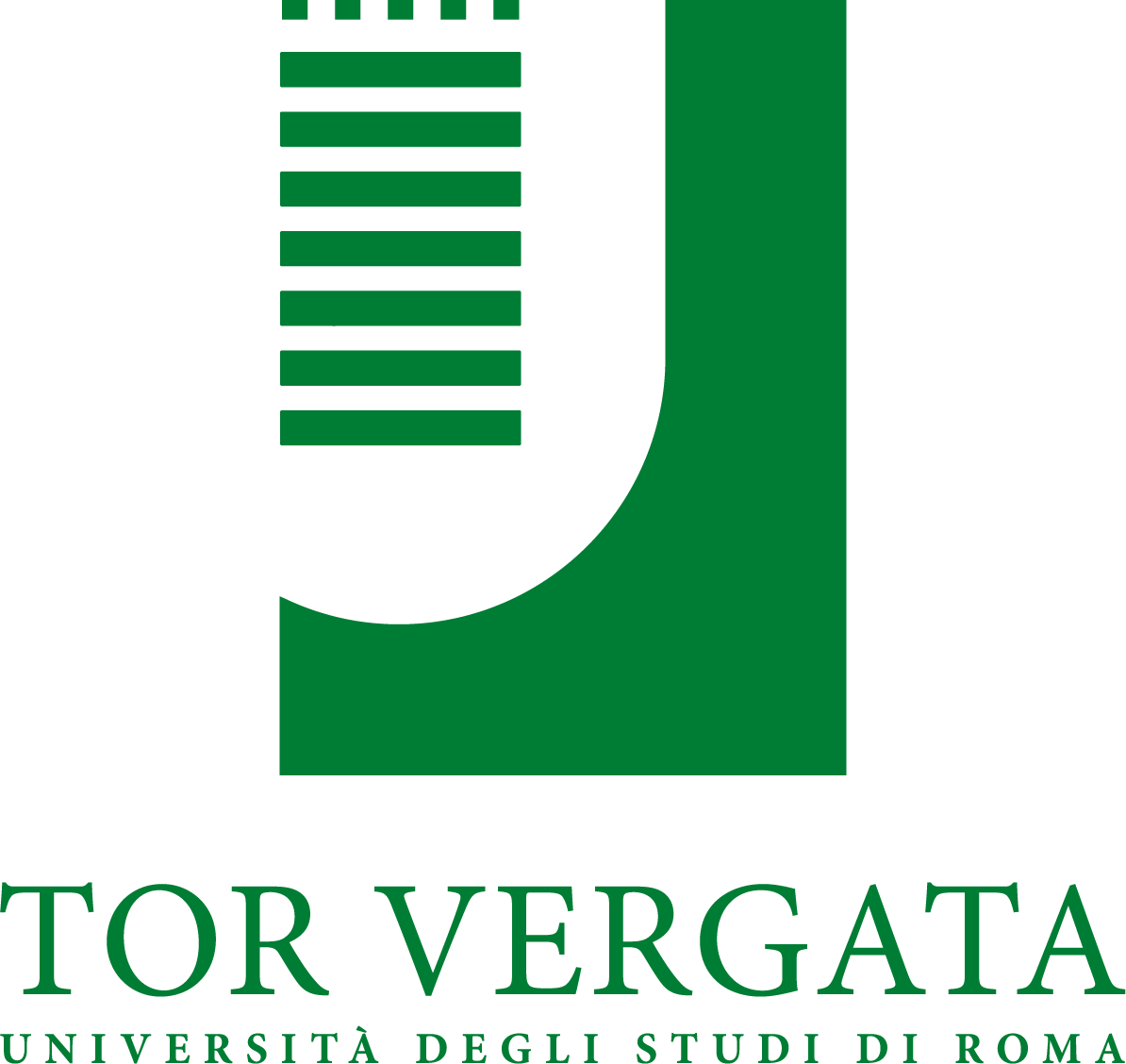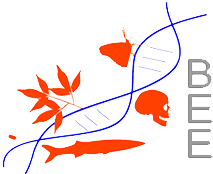Una recentissima pubblicazione del Dipartimento di Biologia di Anastasia De Luca e collaboratori sulla rivista PNAS dimostra un nuovo meccanismo per spiegare la resistenza delle cellule tumorali alla chemioterapia basata sul cisplatino. Il meccanismo coinvolge la glutatione transferasi, che per anni in questo Dipartimento è stata l’oggetto della ricerca del Professore Mario Lo Bello. Questo lavoro postumo è un tributo alla memoria del Professore Mario Lo Bello, da parte dei suoi collaboratori di Tor Vergata e dei suoi valenti e storici colleghi internazionali. Vorremmo in questo modo ringraziarlo dell’impegno speso, durante tutta la sua vita scientifica, nella ricerca e nella formazione di giovani scienziati.
Abstract
Cisplatin [cis-diamminedichloroplatinum(II) (cis-DDP)] is one of the most successful anticancer agents effective against a wide range of solid tumors. However, its use is restricted by side effects and/or by intrinsic or acquired drug resistance. Here, we probed the role of glutathione transferase (GST) P1-1, an antiapoptotic protein often overexpressed in drug-resistant tumors, as a cis-DDP-binding protein. Our results show that cis-DDP is not a substrate for the glutathione (GSH) transferase activity of GST P1-1. Instead, GST P1-1 sequesters and inactivates cisplatin with the aid of 2 solvent-accessible cysteines, resulting in protein subunits cross-linking, while maintaining its GSH-conjugation activity. Furthermore, it is well known that GST P1-1 binding to the c-Jun N-terminal kinase (JNK) inhibits JNK phosphorylation, which is required for downstream apoptosis signaling. Thus, in turn, GST P1-1 overexpression and Pt-induced subunit cross-linking could modulate JNK apoptotic signaling, further confirming the role of GST P1-1 as an antiapoptotic protein.






Università di Tor Vergata